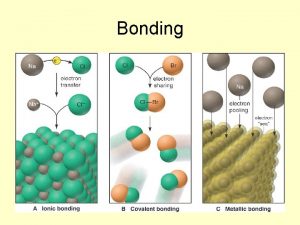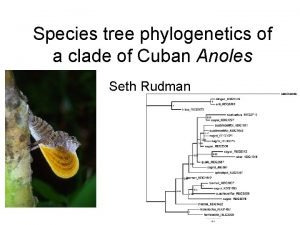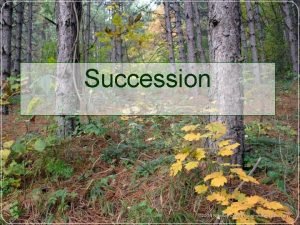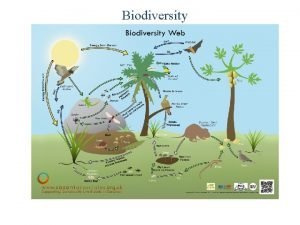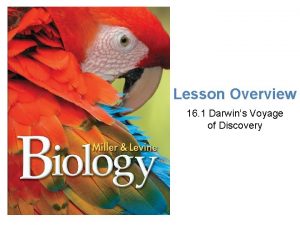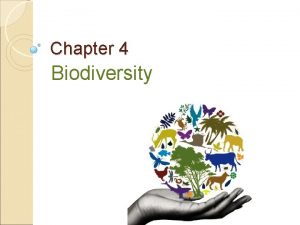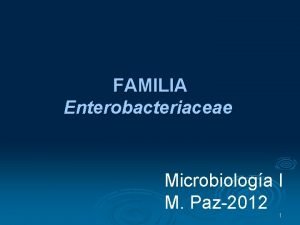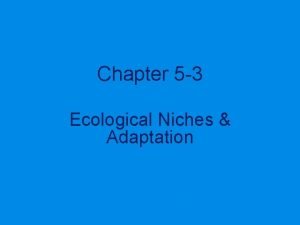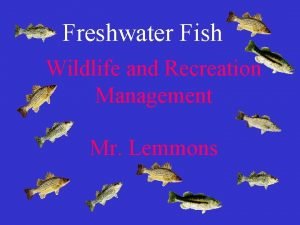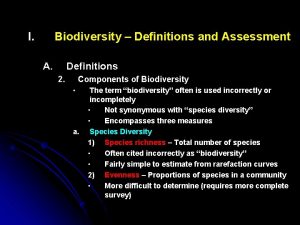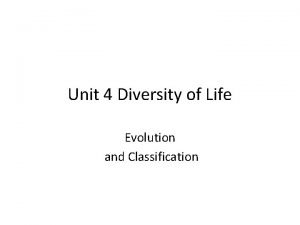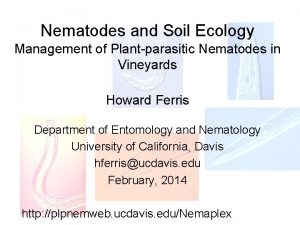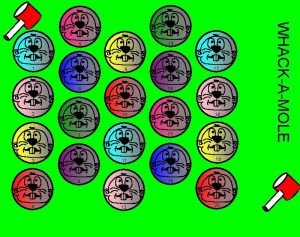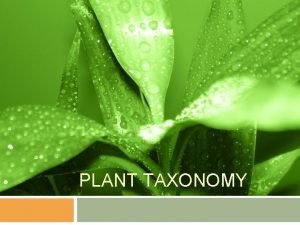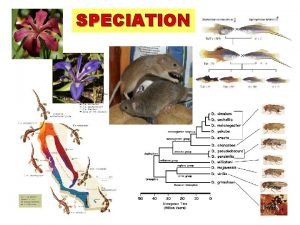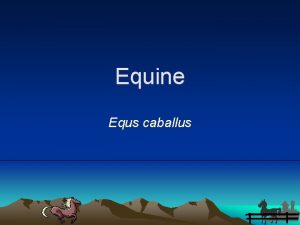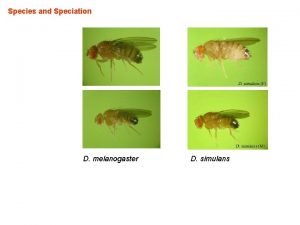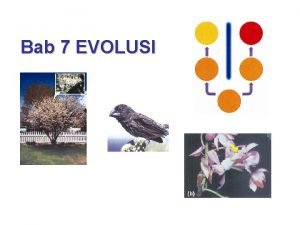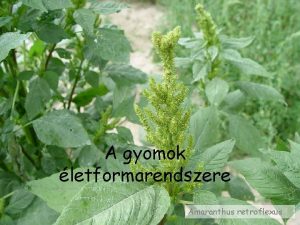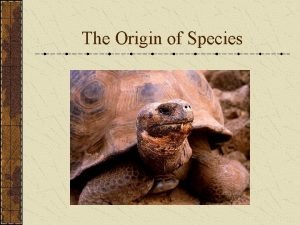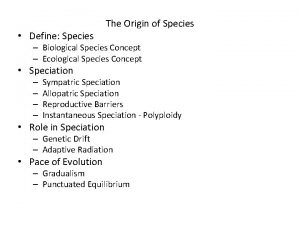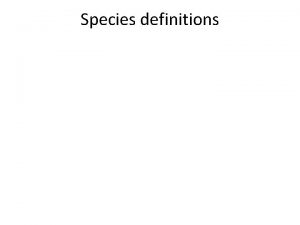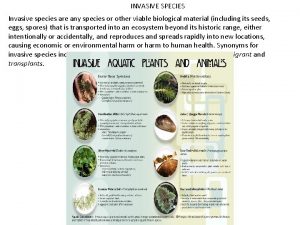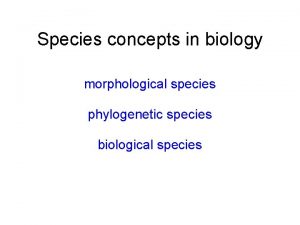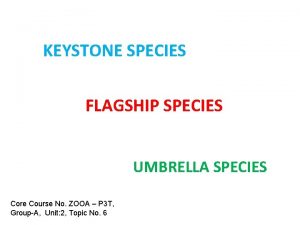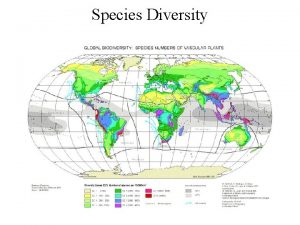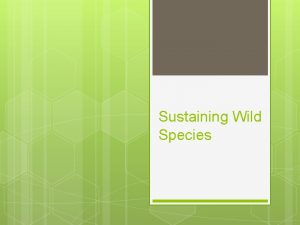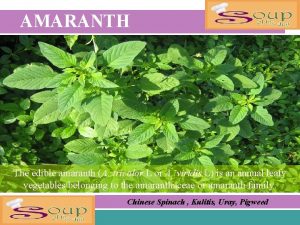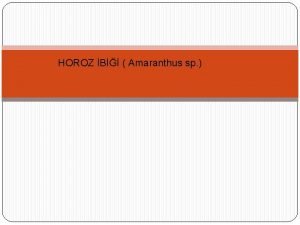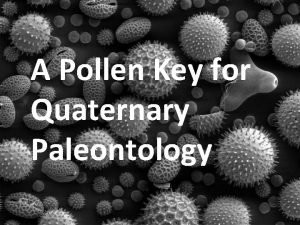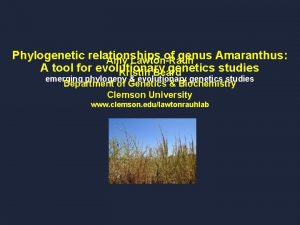Amaranthus Species Amaranthus retroflexus L A tricolor A







































- Slides: 39

Amaranthus Species Amaranthus retroflexus L. A. tricolor A. patulus A. viridis A. deflexus L. A. lividus A. albus A. blitoides A. chlorostachys Willd.

• Taxonomy • Skull shapes made of amaranth and honey for Day of the Dead in Mexico • Traditional Mexican candy made with amaranth • Amaranthus shows a wide variety of morphological diversity among and even within certain species. • Although the family (Amaranthaceae) is distinctive, the genus has few distinguishing characters among the 70 species included. • This complicates taxonomy and Amaranthus has generally been considered among systematists as a "difficult" genus.

• Formerly, Sauer (1955) classified the genus into two subgenera, differentiating only between monoecious and dioecious species: Acnida (L. ) Aellen ex K. R. Robertson and Amaranthus. • Although this classification was widely accepted, further infrageneric classification was (and still is) needed to differentiate this widely diverse group.

• Currently, Amaranthus includes three recognized subgenera and 70 species, although species numbers are questionable due to hybridization and species concepts. • Infrageneric classification focuses on inflorescence, flower characters and whether a species is monoecious/dioecious, as in the Sauer (1955) suggested classification. • A modified infrageneric classification of Amaranthus was published by Mosyakin & Robertson (1996) and includes three subgenera: • Acnida, Amaranthus, and Albersia. • The taxonomy is further differentiated by sections within each of the subgenera.


Ecology • Amaranth weed species have an extended period of germination, rapid growth, and high rates of seed production, and have been causing problems for farmers since the mid-1990 s. • This is partially due to the reduction in tillage, reduction in herbicidal use and the evolution of herbicidal resistance in several species where herbicides have been applied more often. • The following 9 species of Amaranthus are considered invasive and noxious weeds in the U. S and Canada: • A. albus, A. blitoides, A. hybridus, A. palmeri, A. powellii, A. retroflexus, A. spinosus, A. tuberculatus, and A. viridis.

• An evolutionary lineage of around 90 species within the genus has acquired the C 4 carbon fixation p • pathway, which increases their photosynthetic efficiency.


• • • Usage Areas of Amaranthus 1. Use as feed Green or dry hay Silage alone or as a mixture Pellet feed

• • • 2. Use in human nutrition Use of fresh shoots as vegetables The use of seed in flour Participating in some nutrients enriching Seeds used as snack The use of seeds as syrup, boza and slurry

• • 3. Industrial use (as oil) Paint industry Cosmetic Industry Lubrication of computer disks

• Amaranthus hay is particularly rich in protein, ash, vitamin A and C. Properties (%) Alfaalfa Amaranthus Dry matter 88. 7 89. 5 NDF 29. 6 23. 3 ADF 20. 8 13. 7 Cellulos 21. 1 13. 6 ADL 6. 0 3. 1 Crude Protein 16. 6 17. 4 Energy (GE, kcal/g) 4, 383 3. 980

• Amaranthus hay is contain high oxalate, nitrate accumulation and phenolic compounds. This can lead to swelling and decreased magnesium in the animals. • Animals should be given alfalfa hay with Amaranthus hay.





A. retroflexus


A. cruentus

A. tricolor

A. patulus


A. hybridus


A. viridis

A. viridis

A. albus











 Sindrome de mondor
Sindrome de mondor Chapter 18 section 3 radical days of the revolution
Chapter 18 section 3 radical days of the revolution Plant keystone species
Plant keystone species Pi bonding occurs in each of the following species except
Pi bonding occurs in each of the following species except Species tree
Species tree Species 360
Species 360 Indiana invasive species council
Indiana invasive species council Pioneer species
Pioneer species Species distribution models
Species distribution models The gradual change in a species over time
The gradual change in a species over time Diversity index formula
Diversity index formula Lesson 1 darwins voyage of discovery
Lesson 1 darwins voyage of discovery Occurs when an entire species ceases to exist
Occurs when an entire species ceases to exist Warhol endangered species
Warhol endangered species Example of biological species
Example of biological species Keystone species questions
Keystone species questions What is the science of naming and classifying things
What is the science of naming and classifying things Enterobacter species
Enterobacter species Mouse species
Mouse species Specialist species
Specialist species Gar species
Gar species Exotic species definition
Exotic species definition Clownfish niche
Clownfish niche Domain kingdom phylum
Domain kingdom phylum Evolution is gradual
Evolution is gradual Can different species reproduce
Can different species reproduce Soil protozoa
Soil protozoa Saprolegnia species
Saprolegnia species As ecological development proceeds, a biological community
As ecological development proceeds, a biological community Ends in a climax community
Ends in a climax community Botanical classification of plants
Botanical classification of plants Ring species
Ring species Genetic diversity and biodiversity
Genetic diversity and biodiversity Pioneer species
Pioneer species Horse classification kingdom
Horse classification kingdom Example of r selected species
Example of r selected species Morphological species concept
Morphological species concept 6.1 habitats, niches, and species interactions answer key
6.1 habitats, niches, and species interactions answer key Percobaan spallanzani
Percobaan spallanzani Invasive species act ontario
Invasive species act ontario



